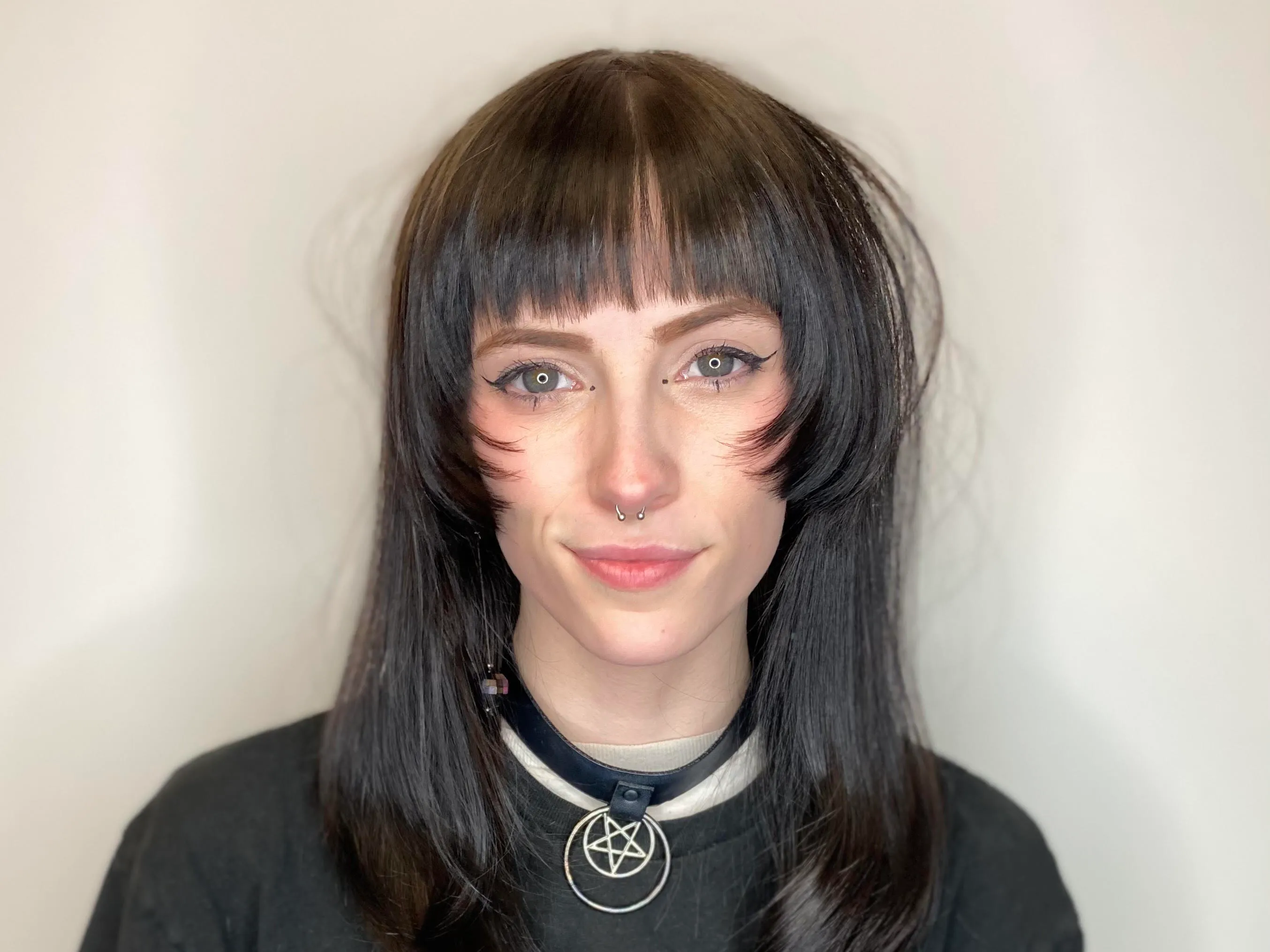The world of hairstyles is constantly evolving, with new trends emerging and old styles making comebacks. One such hairstyle that has gained popularity in recent years is the Hime haircut. Originating in Japan, the Hime cut is a unique and elegant hairstyle that has become a symbol of traditional Japanese beauty. In this article, we will explore the Hime cut in detail, its history, how to achieve the style, and its significance in Japanese culture. We will also address some frequently asked questions related to the Hime cut.
History of the Hime Cut:
The Hime cut, also known as the Princess cut, has a rich history rooted in Japanese culture. This hairstyle dates back to the Heian period (794-1185), a time when Japan was heavily influenced by Chinese culture. During this period, women of noble birth adorned themselves with elaborate and ornate hairstyles, with the Hime cut being one of the most prominent styles.
The Hime cut was initially worn by court ladies, known as “hime,” which translates to “princess” in English. It was considered a symbol of beauty, wealth, and social status. The hairstyle featured a long, straight cut with slightly sloping front bangs that framed the face, accentuating the delicate features. The length of the hair represented the status and influence of the person wearing it, with longer hair denoting higher social standing.
Over the centuries, the Hime cut evolved and adapted to changing fashion trends. During the Edo period (1603-1868), the style became simpler and more accessible to the general population. It remained popular among women of all social classes and continued to be associated with femininity and elegance.
Achieving the Hime Cut:
To achieve the Hime cut, it’s essential to consider both the haircut and styling techniques. The haircut involves maintaining long, straight hair with front bangs that are slightly shorter than the rest of the hair. The bangs are cut diagonally, starting from the temples to create a soft, face-framing effect. The length of the hair can vary, but it is generally kept longer, emphasizing grace and femininity.
Styling the Hime cut requires attention to detail. The hair is usually straightened using a flat iron to achieve a sleek and polished look. Some people may choose to add layers for texture and movement. Many opt for a middle parting, but it can also be styled with a side part, depending on personal preference.
Significance in Japanese Culture:
The Hime cut holds significant cultural and historical importance in Japanese society. It symbolizes grace, elegance, and traditional beauty, reflecting the ideals upheld by Japanese women of the past. Even today, the Hime cut is associated with traditional femininity and is often seen as a sophisticated and glamorous choice.
The hairstyle’s resurgence in popularity can be attributed to its representation in various forms of Japanese media, including anime, manga, and J-pop culture. Many famous Japanese celebrities and idols have embraced the Hime cut, further increasing its appeal among the younger generation.
Additionally, the Hime cut’s popularity has spread beyond Japan, with people worldwide choosing to adopt this unique and eye-catching hairstyle. Its simplicity, versatility, and timeless appeal make the Hime cut a popular choice for individuals seeking a touch of Japanese elegance in their look.
FAQs:
Q1. Is the Hime cut suitable for all hair types?
A1. The Hime cut can be adapted to various hair types, although it is most commonly seen with straight hair. However, individuals with curly or wavy hair can achieve the Hime cut by straightening their hair beforehand or opting for a modified version that works with their natural texture.
Q2. How often do I need to trim my hair to maintain the Hime haircut?
A2. Regular trims every 6-8 weeks are recommended to maintain the shape and length of the cut. Trimming helps prevent split ends and keeps the hair looking healthy and polished.
Q3. Can I style the Hime haircut with curls or waves?
A3. While the Hime haircut is typically associated with straight hair, adding curls or waves can create an interesting variation. This can be achieved using hot tools such as curling irons or through more permanent methods like perming. However, it’s important to consult with a professional hairstylist before making any drastic changes to ensure the best results.
Q4. Does the Hime cut suit all face shapes?
A4. The Hime cut can be adapted to suit different face shapes by adjusting the length and angle of the bangs. For example, individuals with round faces can opt for longer, slightly angled bangs to create a slimming effect, while those with square faces can opt for softer bangs and layers to soften the face’s angles.
Q5. Can I dye my hair while sporting the Hime cut?
A5. Yes, the Hime cut can be paired with various hair colors. From natural shades to vibrant hues, dying your hair can add an individual touch to the style. However, it’s important to choose a color that complements your skin tone and maintains the elegance and grace associated with the Hime cut.
In conclusion, the Hime cut is a unique and fascinating hairstyle that has stood the test of time. Rooted in Japanese tradition, this timeless hairstyle has evolved over the centuries, showcasing its adaptability and enduring appeal. Whether you’re drawn to its cultural significance or its simple yet elegant beauty, the Hime cut is a hairstyle that continues to captivate individuals worldwide.
